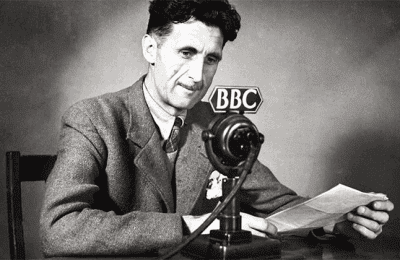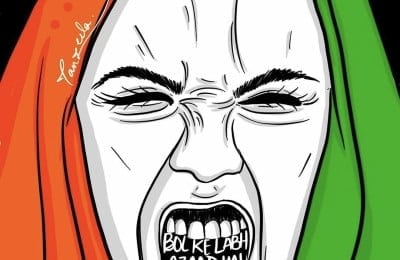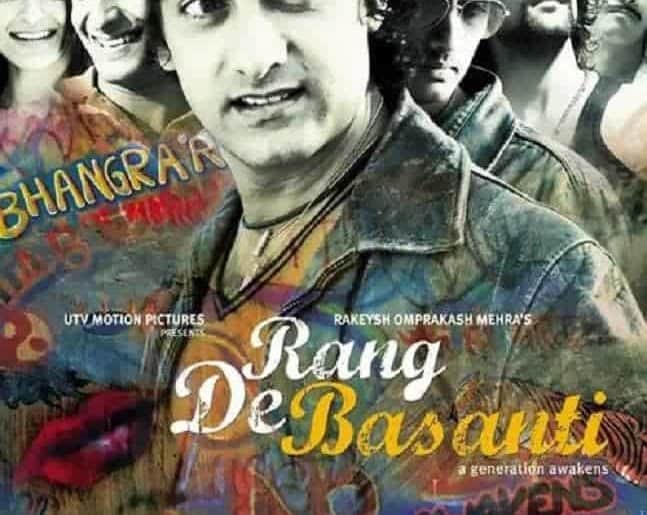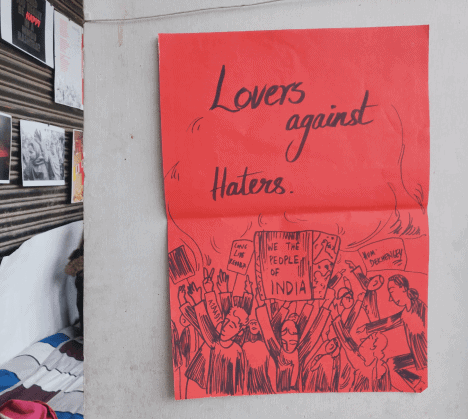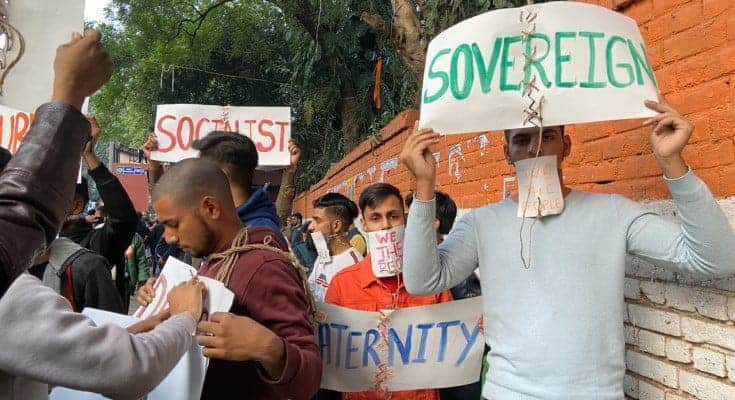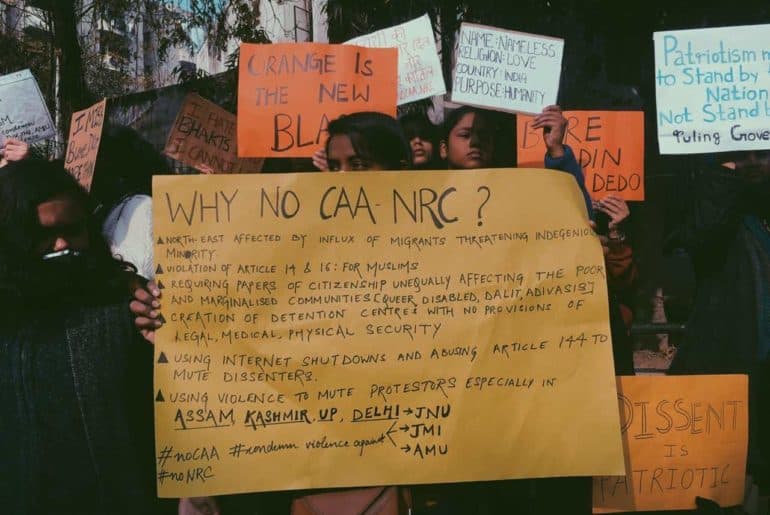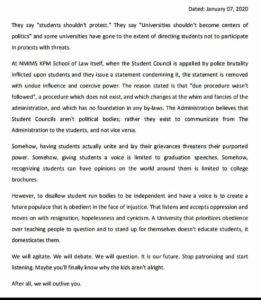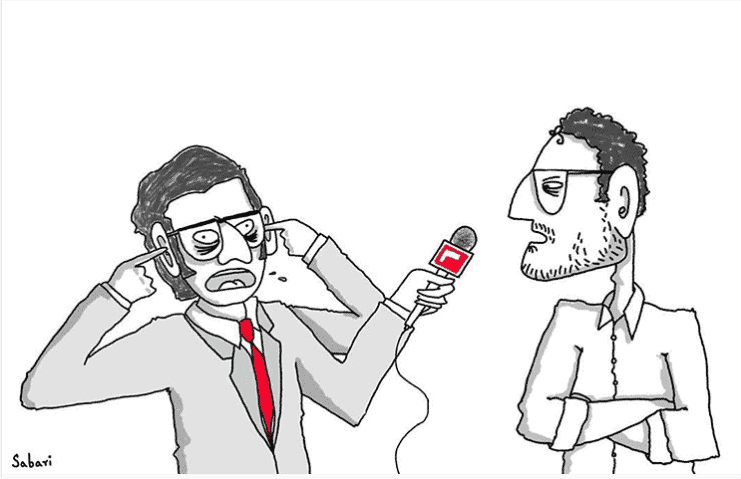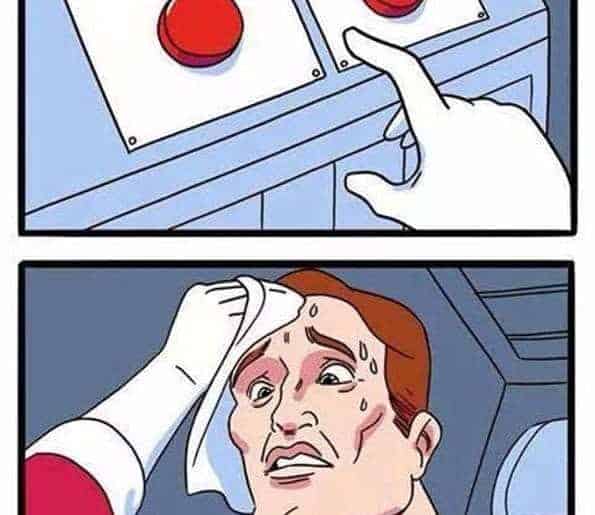Political allegories is that art, of which George Orwell is a deemed artist. Here is a vignette of his work in association with the modern day political discourse.
It’s on rather sad accounts that Orwellian literature has withstood the notion of ‘change is constant’ and still continues to appropriate the political scenarios of today. With his notable works of fiction, and non fiction, Eric Arthur Blair under the pen name of George Orwell, authored classics like Animal Farm, 1984, etc.which still reverberates his relevance in contemporary times.
The narrative of using relatively passive, uneducated, gullible, and vulnerable ‘Comrades’ being furthered as pawns to unify under the garb of love for the nation, is one the basics of Animal Farm used only to supposedly overthrow the common enemy; human kind sans the kind.
This pattern has a complex resemblance with what we see in modern day India. People are duped into buying the agenda of what in true sense the love for nation is, and end up hurting their own kind because the line of demarcation of what constitutes as an enemy or not, either fades or obliterates.
A teenager from Uttar Pradesh fires a shot in Jamia Millia Islamia whilst saying, “Yeh lo azadi! (Here is your freedom!)” clearly under the influence of the so called ‘political leaders’ who spit venom of hate speeches to communalise every issue in the name of some glorified dream of India which they deem to be truer from what a secular India is.
The decisions of the supreme leader are taken as Gospel. Boxer: the horse, who lived by the maxim of ‘I will work harder’ and ‘Napoleon is always right,’ was sold, in exchange of alcohol by the leaders upon being old and injured. This just reinforces the fact that tyrant leaders will make use of people to accord to their own whims and interests, with the defence that their interests somehow coincide with that of the nation.
This notion brings us to take notes from Orwell’s notes on Nationalism. He attempts to create distinction between patriotism and nationalism where the former is a ‘devotion’ to a particular way of life which one considers to be supreme, but doesn’t force on others whilst the latter is what he categorises as ‘defensive’ and inseparable from desire of power. Alike ‘Animalism,’ ‘Nationalism’ too is used as a tool, to synchronise the mass and take them for a fool.
Squealer’s role of a propagandist is headed by media not only in India, but around the globe. Concealing the economic troubles until they became quite prevalent that the Government had to acknowledge it, resembles when food shortage was denied by Napoleon but later accepted. The bells ring quite loud when every fault is associated with Snowball just like it’s done to Pakistan.
In the dystopian world of totalitarianism of 1984 the discouragement escalates from ‘thoughtcrime’ where as much as if you think of going against Big Brother, you’ll be relinquished. A world where rebellious thoughts are illegal, not just inOceania but modern day China where Internet is censored, Islamic monarch Saudi Arabia where journalists like Jamal Kashogi are murdered and North Korea where one party republic rules, to name a few.
Altering of historical records and manipulation of facts and data is as rampant in today’s political scenario as it was done in Orwell’s novella. The discourse is set in such a way that it’s natural propensity and not deliberate strategy to add clauses to alter the seven commencements.
‘Orwellian’ is an adjective describing a situation, idea, or societal condition that George Orwell identified as being destructive to the welfare of a free and open society. Political doublespeak is criticised throughout his works. Perhaps, the fact that we still have modified and novel versions of Stalin, Josip Tito, Mao Tse-tung, Pol Pot, Augusto Pinochet, and Slobodan breathing, leading and deceiving on similar lines, of “All animals are equal, but some animals are more equal than others,” its of great misfortune that Orwellian literature still stands relevant!
Feature Image Credits: Historyme
Umaima Khanam

